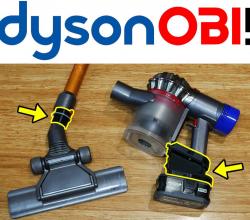 Dyson stick vacuum Ryobi battery adaptor
Dyson stick vacuum Ryobi battery adaptor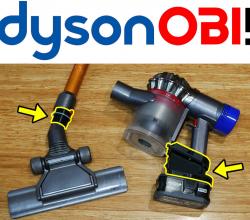 Dyson stick vacuum Ryobi battery adaptor
Dyson stick vacuum Ryobi battery adaptor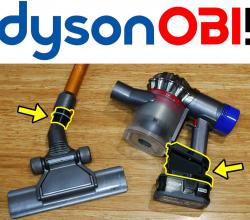 Dyson stick vacuum Ryobi battery adaptor
Dyson stick vacuum Ryobi battery adaptor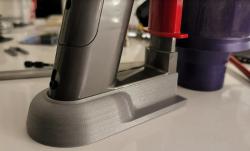 RYOBI ADAPTER SUIT OLDER DYSON V6 DC62
RYOBI ADAPTER SUIT OLDER DYSON V6 DC62 Ryobi Battery XT60 adapter
Ryobi Battery XT60 adapter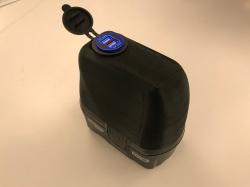 Ryobi Battery USB adapter
Ryobi Battery USB adapterUnderstanding Dyson-Ryobi Battery Adapters
Dyson vacuum cleaners are known for their efficiency and ease of use but are often limited by the lifespan of their proprietary batteries. On the other hand, Ryobi batteries are part of a widely-used system in various power tools. By combining these two, users can extend the utility and functionality of their Dyson vacuums. The 3D models for these adapters are designed to bridge the gap between the Dyson vacuum and the Ryobi battery, ensuring a secure and functional connection.
3D Models and Printing
The 3D models for Dyson-Ryobi battery adapters are available on various online platforms like Thingiverse, Printables, and Cults 3D. These models are often shared by individuals who have encountered the problem of a dead Dyson battery and sought a creative solution. For instance, a notable design shared on Thingiverse by TeachingTech enables a Dyson V8 Absolute stick vacuum to use Ryobi One+ 18V batteries. This design not only solves the issue of a dead battery but also allows the use of an older, slimline Dyson floor vacuum head in place of the motorized head that comes with the V8.
How to 3D Print These Models
To 3D print a Dyson-Ryobi battery adapter, you would need access to a 3D printer and basic knowledge of 3D printing principles. The process involves downloading the desired model from a website such as Thingiverse, Printables, or Cults 3D, and then using slicing software to prepare the model for printing. It’s crucial to choose the right material for printing; PLA or ABS plastic is often recommended for their strength and durability. Once printed, some assembly might be required, such as fitting the adapter onto the battery or making minor adjustments for a snug fit.
Tips for Successful 3D Printing
- Test Fits: After printing, always test the fit of the adapter with your Dyson vacuum and Ryobi battery. Minor adjustments can be made for a better fit.
- Quality Control: Ensure your printer is properly calibrated for the best print quality. This ensures the adapter is strong and fits well.
- Material Choice: Consider the material you use for printing. ABS plastic is known for its strength and durability, which is beneficial for an adapter that will undergo regular use.
Q&A on Dyson-Ryobi Battery Adapters
Can any Ryobi battery be used with these adapters?
Most designs are for the Ryobi One+ 18V batteries, but it’s essential to check the specific requirements of the 3D model you choose.
Is it safe to use these adapters?
While many users have found these adapters effective, it’s important to note that using non-genuine parts can void warranties and, in rare cases, pose safety risks. Always use caution and common sense.
Are these adapters commercially available?
While there are some commercial options, the beauty of 3D printing lies in the ability to create a customized solution that fits your specific needs.
The creation and use of Dyson-Ryobi battery adapters demonstrate the innovative spirit of the 3D printing community. By leveraging the flexibility of 3D printing, users can create bespoke solutions that enhance the functionality of their existing devices, proving yet again how technology can be adapted creatively to meet our everyday needs.
